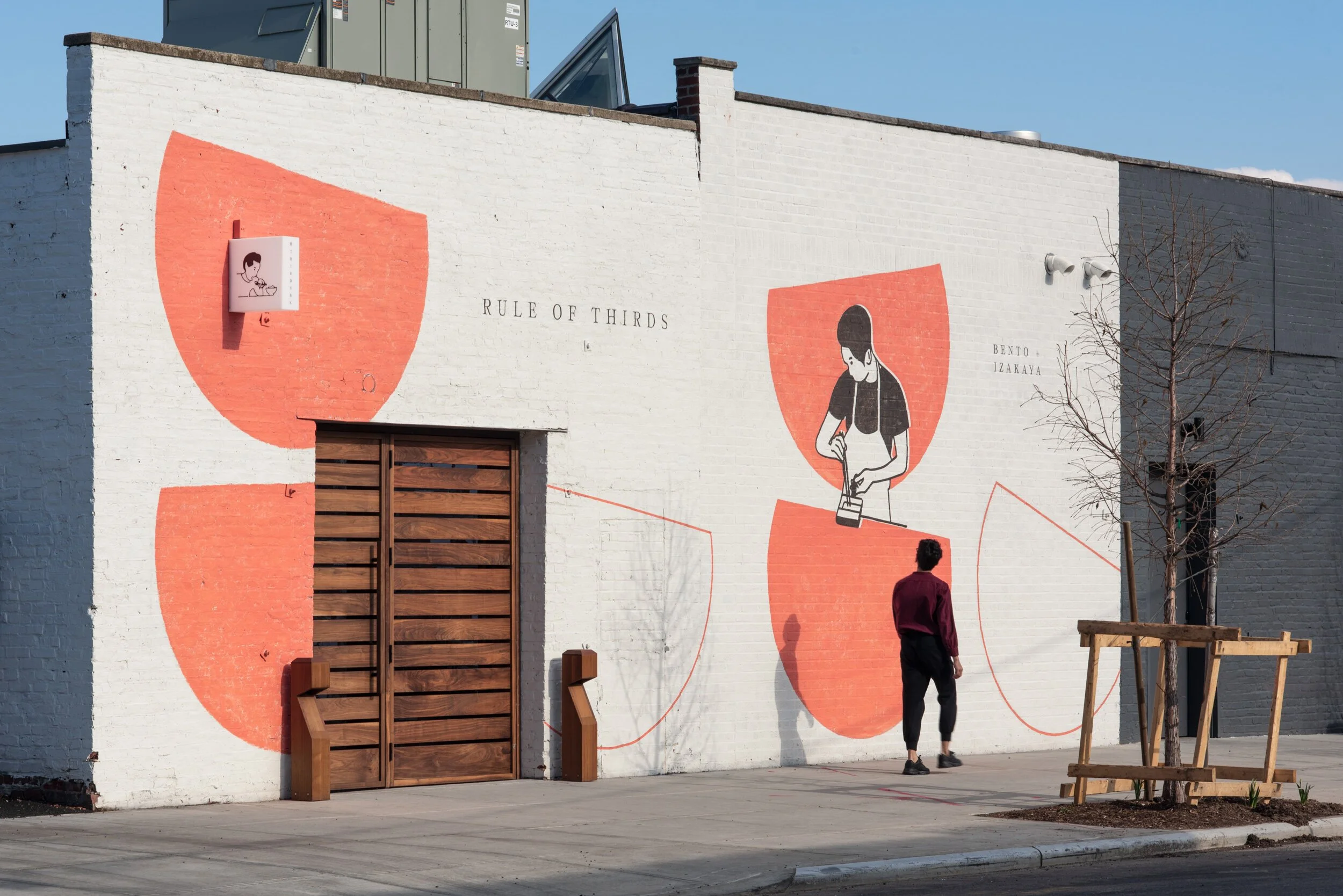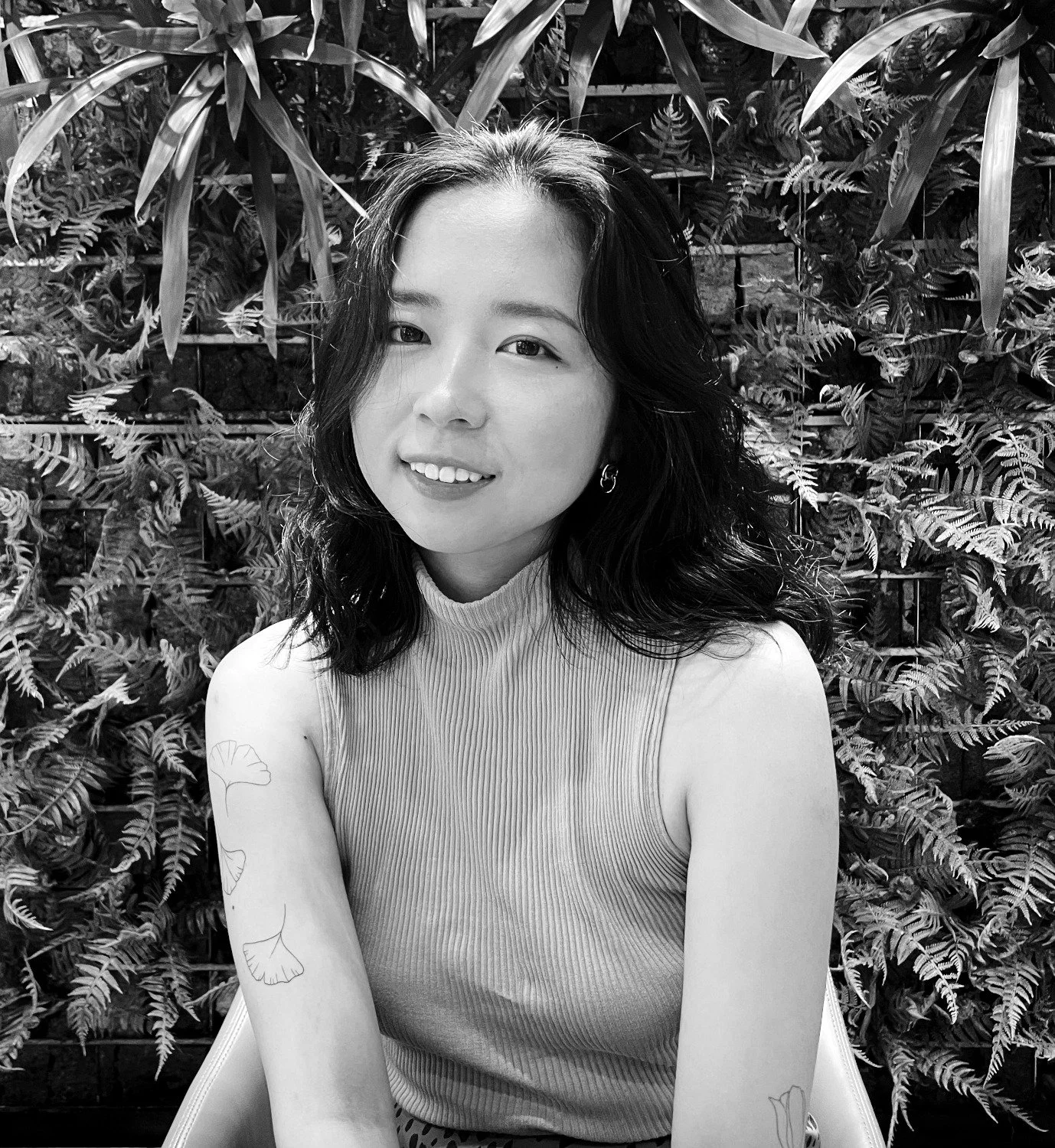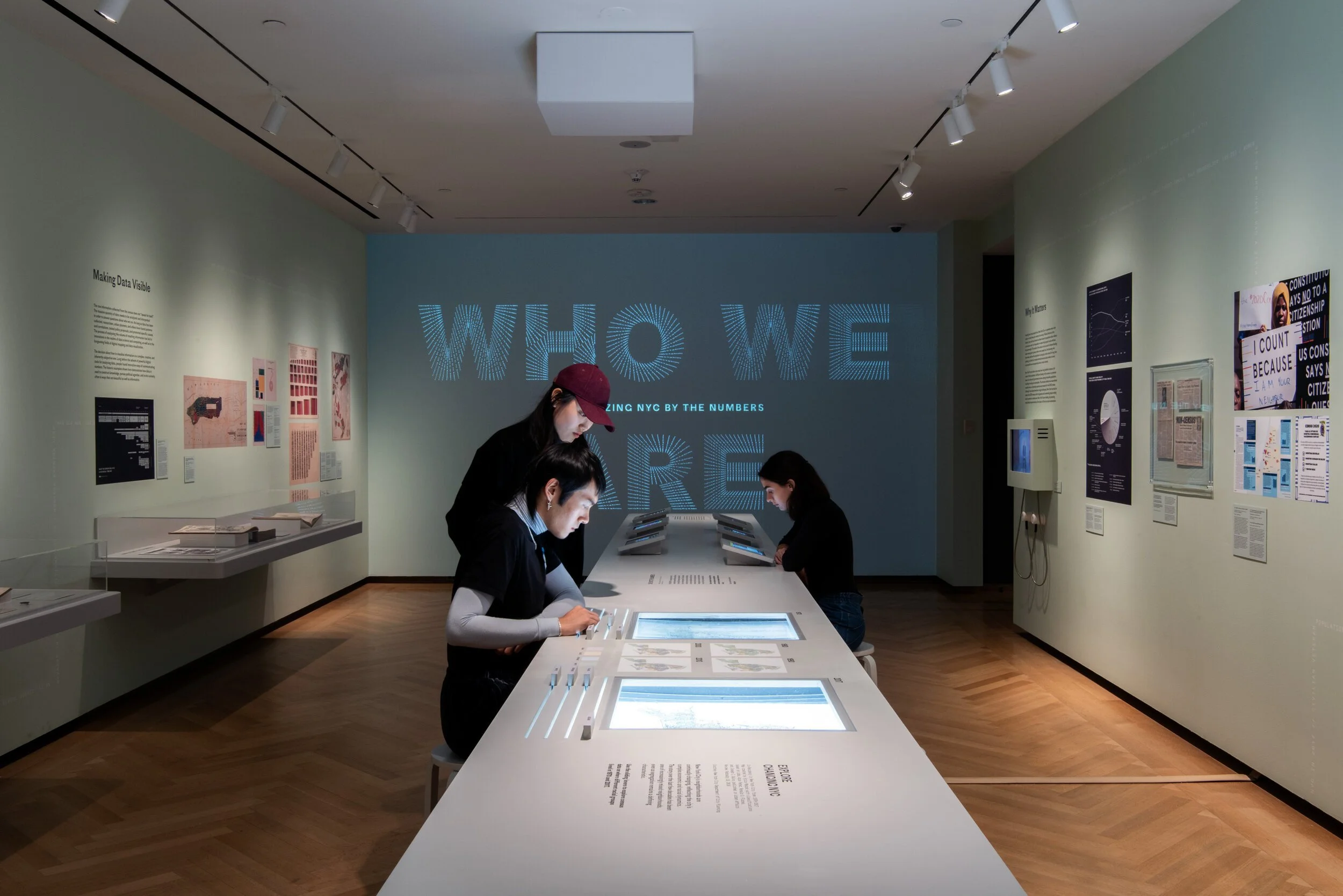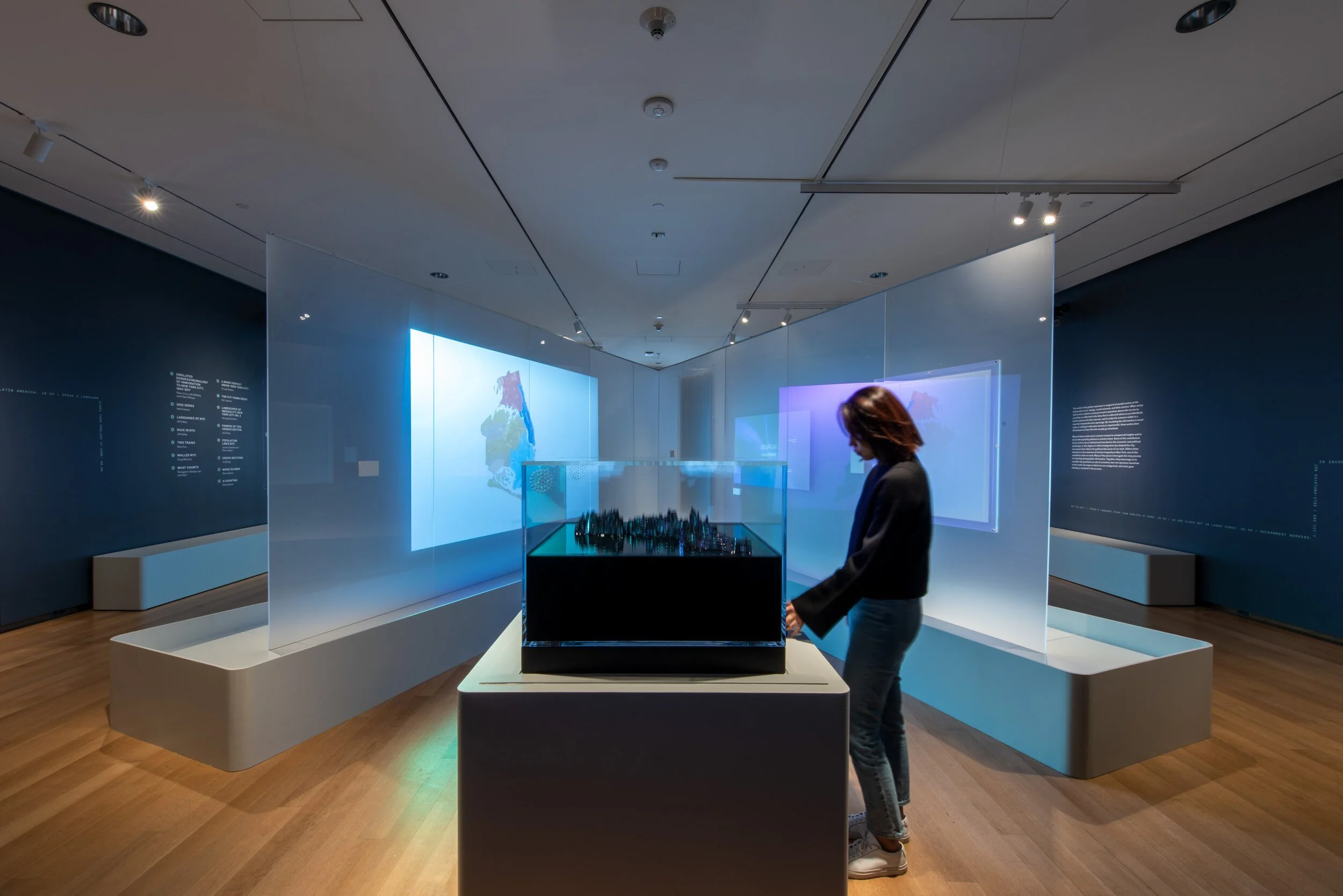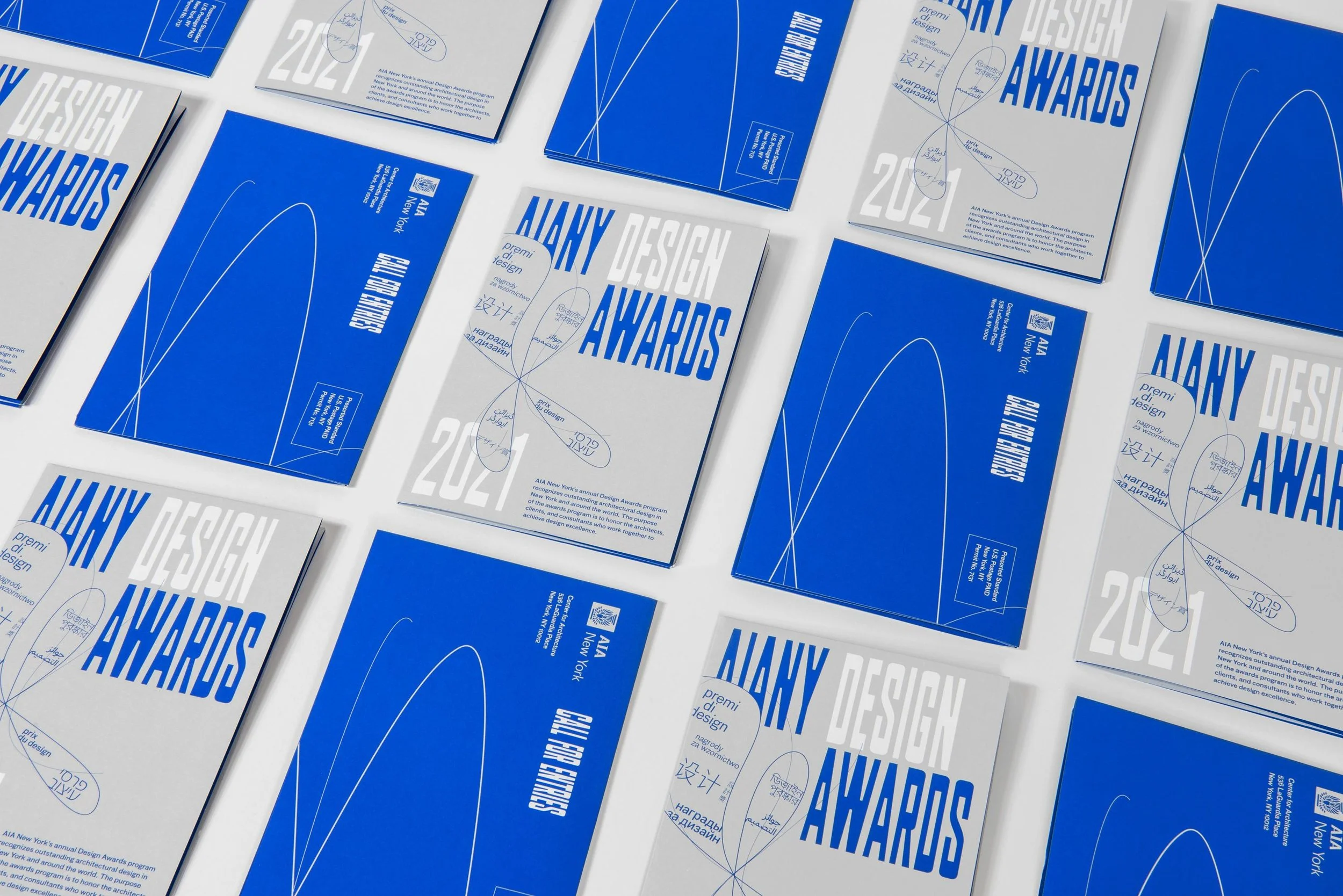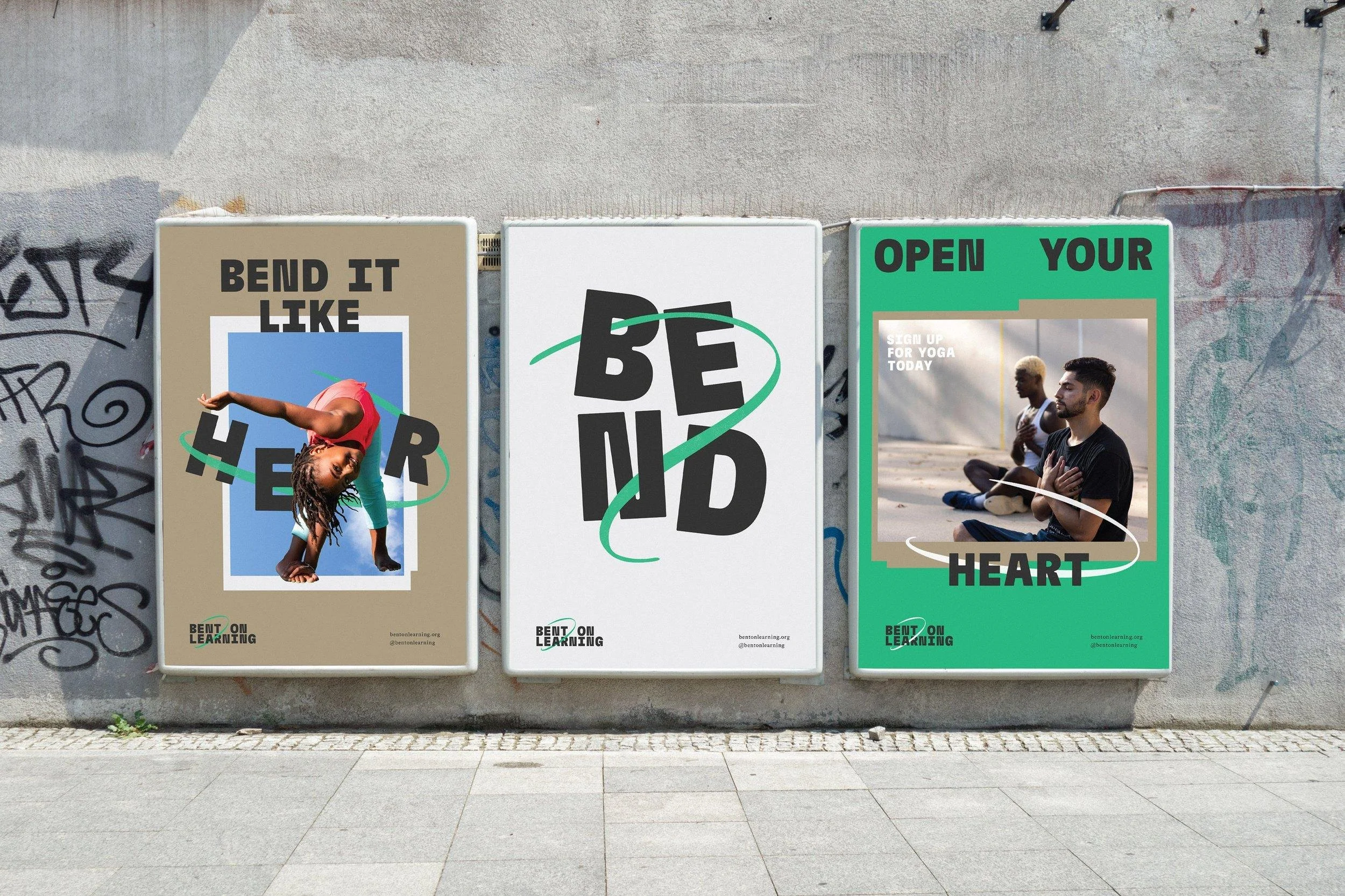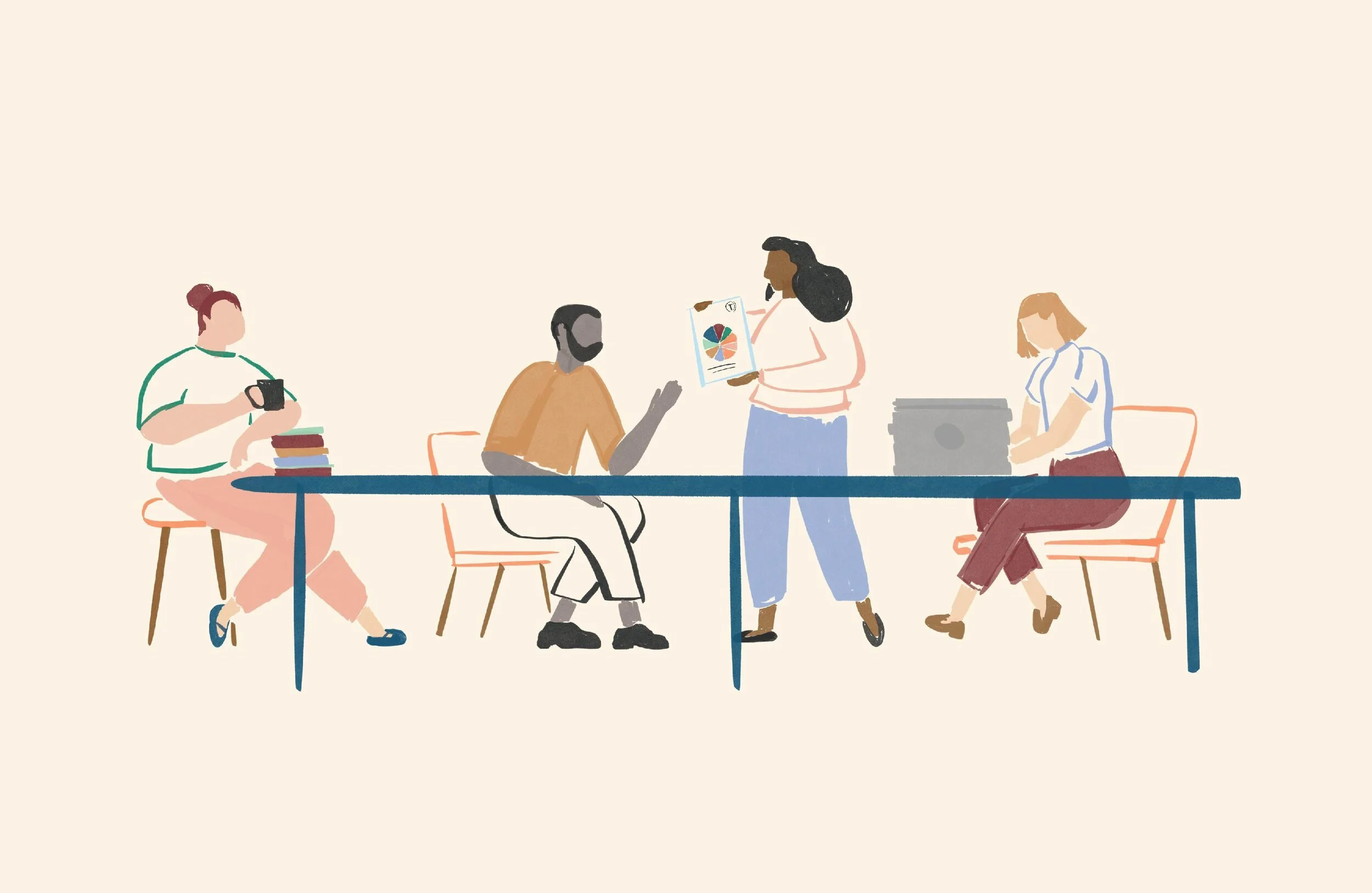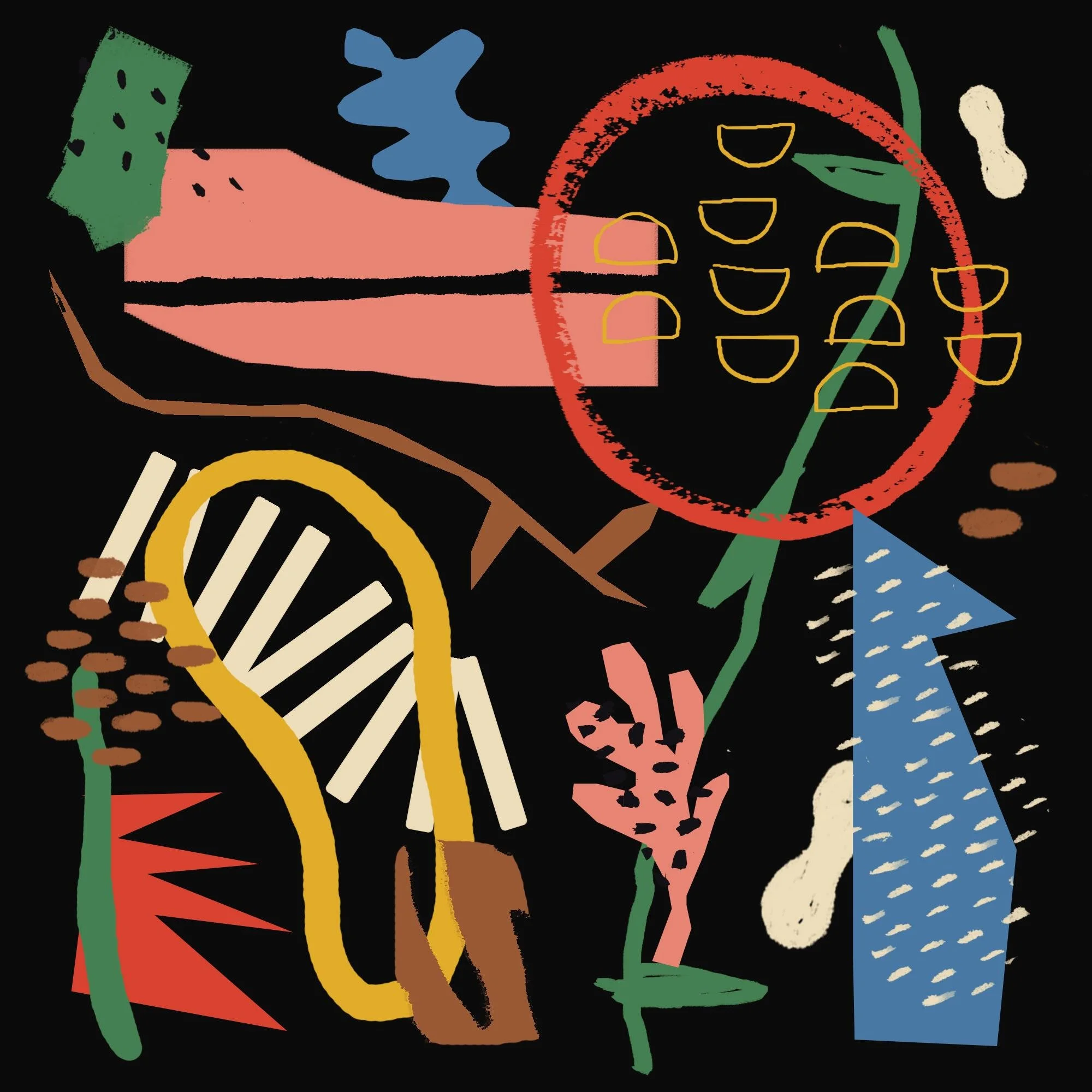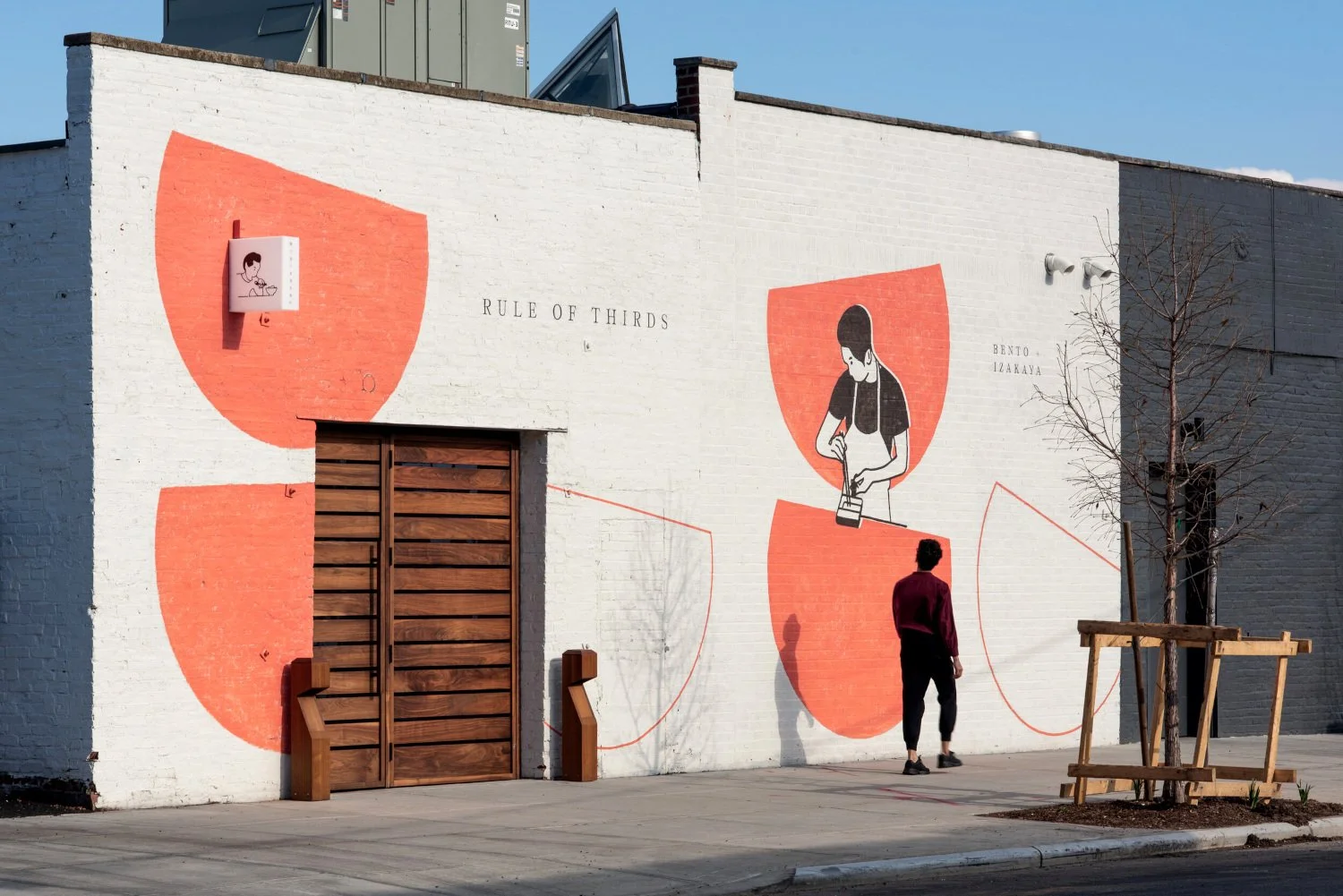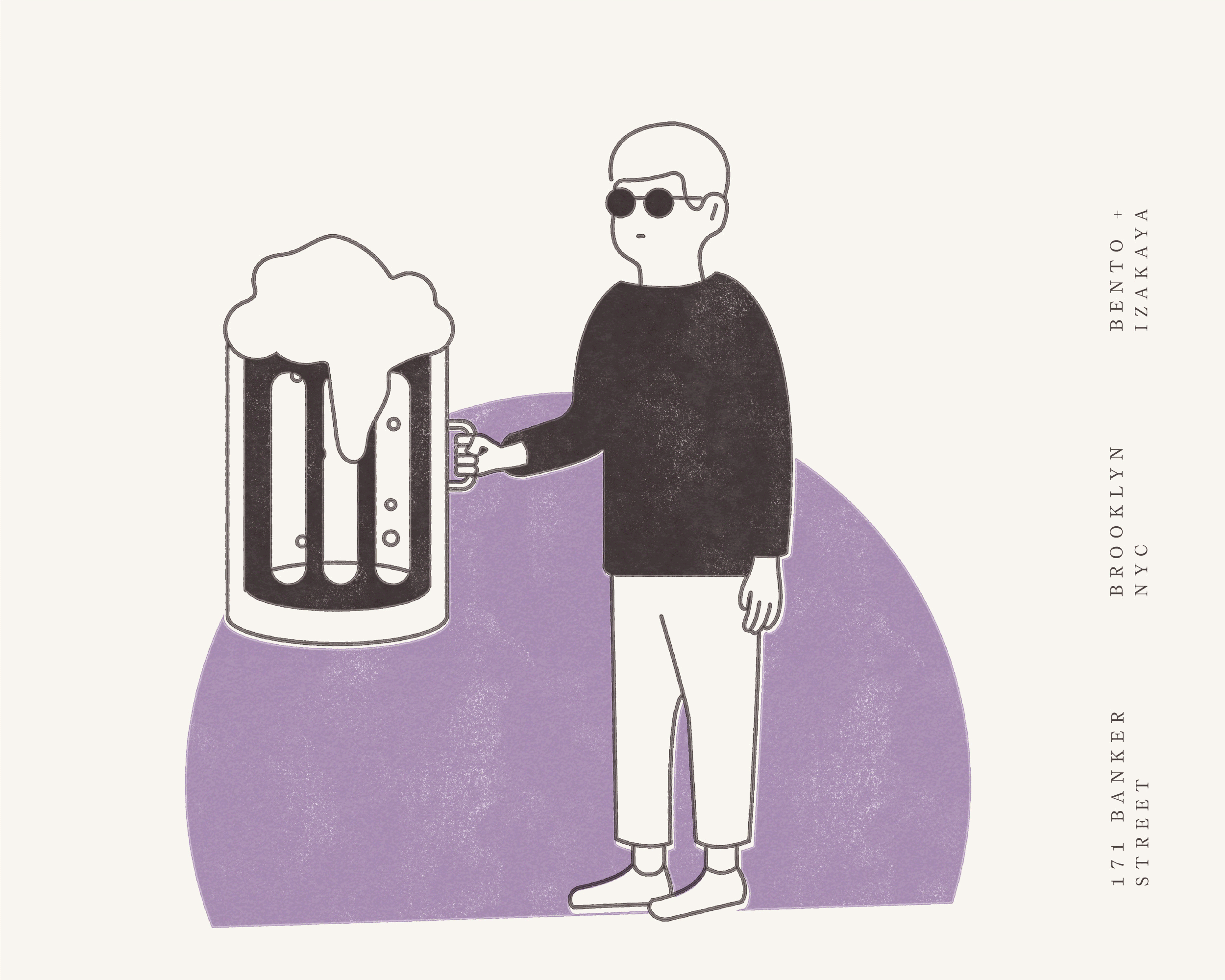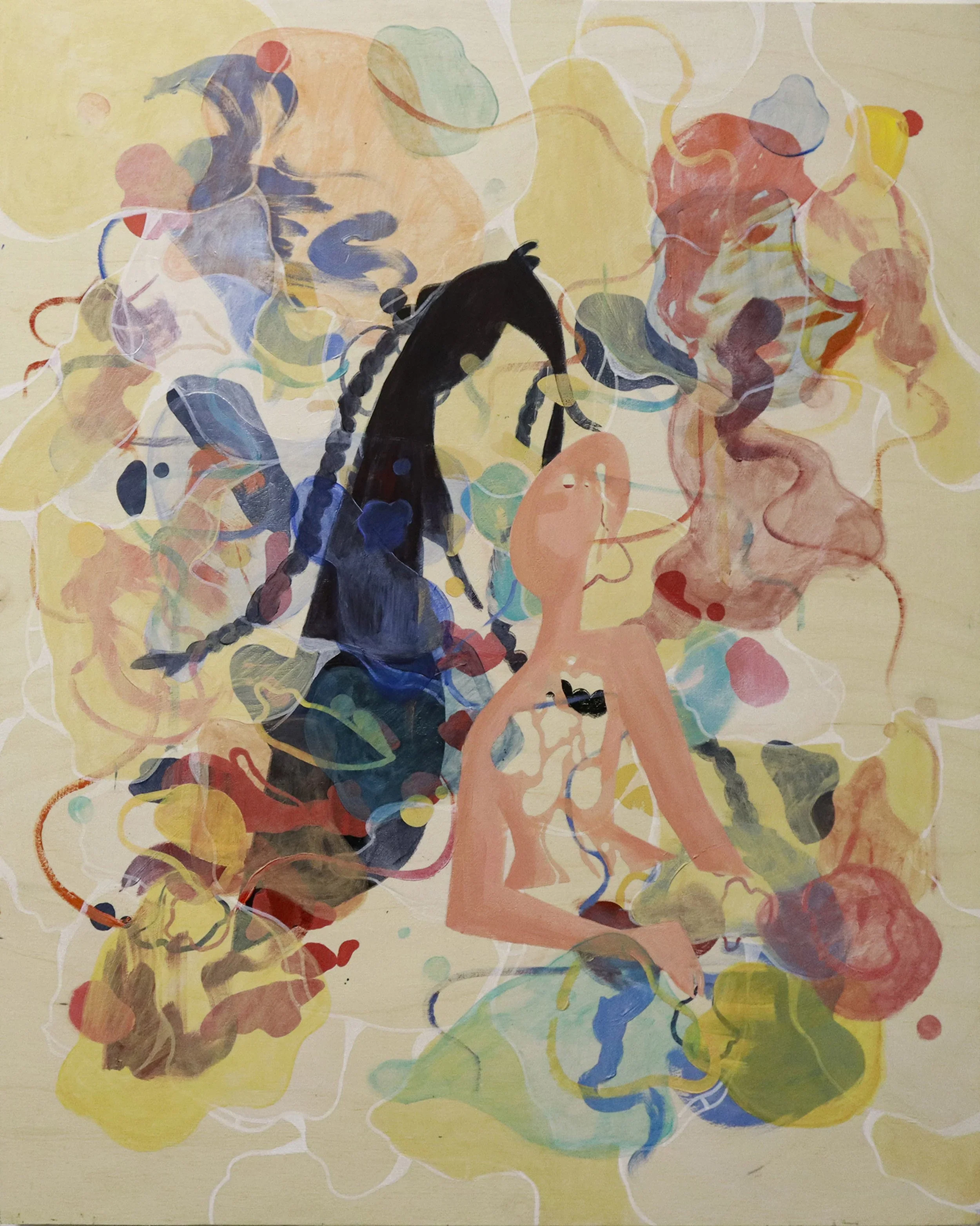10 Questions with Hannah Meng
Hannah Meng is a New York-based graphic designer, art director, and illustrator with a passion for branding, exhibition design, website design, and motion graphics. After graduating from Maryland Institute College of Art with a BFA in graphic design, she moved to New York City and started her design practice.
Hannah has collaborated with leading cultural institutions, universities, tech companies, and nonprofits to reinvent the way they present themselves visually and strategically. She is an independent art director and brand designer at Asana. Previously, she was the Design Director at the New York-based design studio Isometric. In addition, she maintains an active freelance practice and explores her entrepreneurial ventures across the world.
Hanna Meng - Portrait
For the past years, she worked with the Massachusetts Institute of Technology, AIA (American Institute of Architects) New York, Museum of the City of New York, Cooper Hewitt Smithsonian Design Museum, Center for Reproductive Rights, Princeton University, and many more. Her projects often address complex social issues, amplifying activism on gender equity, climate change, racial justice, LGBT identity, and immigrant rights.
Her work, interviews, and essays have been published in various media—Dezeen, Mindsparkle Mag, GDUSA, and she received awards from Type Directors Club, Society of Experiential Graphic Design, Society of Typographic Arts, Graphic Design USA, A awards etc.
INTERVIEW
Let's talk about yourself first. Why are you an artist, and how did you become one?
My name is Hannah. I was born in China and currently work as a designer, art director, and illustrator in New York City. My father was a photographer when I was growing up in China, so I was exposed to the art world at an early age. Prior to relocating to the United States, I studied fine art in my hometown of Jinan, followed by brief illustration courses at the Central Academy of Fine Art in Beijing. During my time there, one of my instructors suggested I try my hand at graphic design. As soon as I realized I could make a living by creating posters, I immersed myself in this new medium. I moved to Baltimore in August 2015 and enrolled at Maryland Institute College of Art.
After graduating, I relocated to New York to join the Isometric design studio. I then led a team of five designers in collaboration with leading art institutions, universities, tech companies, and nonprofits as the design director. I've had the privilege of designing and directing projects for clients such as the Museum of the City of New York, the Cooper Hewitt Smithsonian Design Museum, the Center for Reproductive Rights, Princeton University, and MIT's computer school. After completing this journey, I left isometric and began establishing my own design and art practice.
You work primarily with the design and incorporate different practices, from graphic designer and illustration to website design and motion graphics. How would you define yourself as an artist?
The graphic design spectrum includes typography, editorial design, illustration, and motion graphics. My work has intersected with multiple disciplines, so I consider myself a designer and art director with a multidisciplinary background.
Why did you choose design specifically over other mediums?
Learning and experiencing new things are always my greatest source of excitement. Because graphic design is intertwined with so many other fields, such as technology, art, education, and business, I don't think I'll ever lose the enthusiasm I have for the field. There are so many different facets of the industry that are continuously undergoing change.
What messages are you trying to communicate with your art? And what do you think differentiates your approach from others?
My approach promotes an ethos of inclusion, equity, and justice, with a focus on the lived experiences of marginalized individuals. By living in different countries and cultures, I had experiences that definitely shaped my work and helped me bring a different perspective, voice, and skillset to my work. As a result, I learned to embrace my identity and past, and those experiences enabled me to produce a great deal of work. My perspective is frequently on the periphery of the dominant narrative, allowing me to evaluate problems with greater criticality, openness, and creativity.
AIANY Design Awards, Typography, 2020 © Hannah Meng
Bent On Learning, Typography, 2020 © Hannah Meng
Your statement says that "your works address complex social issues, amplifying activism on gender equity, climate change, racial justice, LGBT identity, and immigrant rights." What do you think is the role of art and design in addressing such themes?
I consider social justice issues as design problems. Even among well-intentioned individuals, the majority frequently hold stereotypes that limit their understanding of marginalized individuals. Design can alter people's perceptions and presumptions regarding brands and products, thereby enhancing their understanding of the lives of others, such as people of color, LGBTQ individuals, and immigrants.
"As designers, we have more power than we think." A quotation from Max Masure, who is using their voice and their expertise to advocate for trans rights and create more inclusive systems. The work of my peers always inspires and motivates me.
Where do you draw your inspiration for your series?
I enjoy finding inspiration in everyday life. When I'm stuck for ideas or something else, all I need to do is step outside and take a stroll. New York is a magical city, and the things I see on the street constantly inspire me. I am also passionate about creating art or design for the city I live in and adore, so observing the city occasionally inspires me.
Princeton TigerWell, Illustration, 2021 © Hannah Meng
Wonderland, Illustration, 2018 © Hannah Meng
How has your art evolved over the years? And what inspired you to experiment?
Yes, for sure. My initial interest in art and design is on the traditional side, such as printmaking and publication design. Still, I have experimented with new digital mediums and collaborated with other artists during my college years, because I knew in my heart that I desired to work on numerous projects. As previously stated, learning new tools and experimenting with them is always exciting.
As an exhibition designer, what do you think of digital exhibitions and presentations? Are you experimenting with these too? And where do you think we are heading regarding exhibition design?
Yes, I designed an online exhibition project for a virtual exhibition examining the 274-year legacy of racism and anti-racist efforts at Princeton University during the pandemic of 2020. The website generates an emotional impact by incorporating quotations, video, and audio to create an interactive experience that appeals to multiple senses.
I believe that online exhibitions have great potential. It enables museums to reach larger audiences, increase access for those who cannot visit in person, and maintain meaningful community connections. In addition to website design, there are many other ways to create an online experience, including virtual experiences, multimedia video tours, and activities such as hosting virtual talks, engaging in social media, and operating an online store.
Rule of Thirds, Illustration, 2020 © Hannah Meng
Rule of Thirds, Illustration, 2020 © Hannah Meng
What about NFTs and digital art? Are you incorporating this medium in your production as well?
I have engaged in digital art experiments. Recently, I've taken a keen interest in generative typography and interactive processing languages, as well as how to implement them in a branding project. It is a fantastic tool for bringing brand languages to life, as it can be incorporated into motion or interaction design and even morph in physical/digital spaces. Consequently, it adds playfulness and visual complexity to my work.
And lastly, what are your plans for the future? Do you have any exhibition or collaboration you would like to share with our readers?
Yes. This month, in fact, my work is being displayed at the international art fair known as ANIMA MUNDI 2022 – CONSCIOUSNESS that is taking place in Venice. I am very excited to present my work to a more widespread audience on a global scale.

